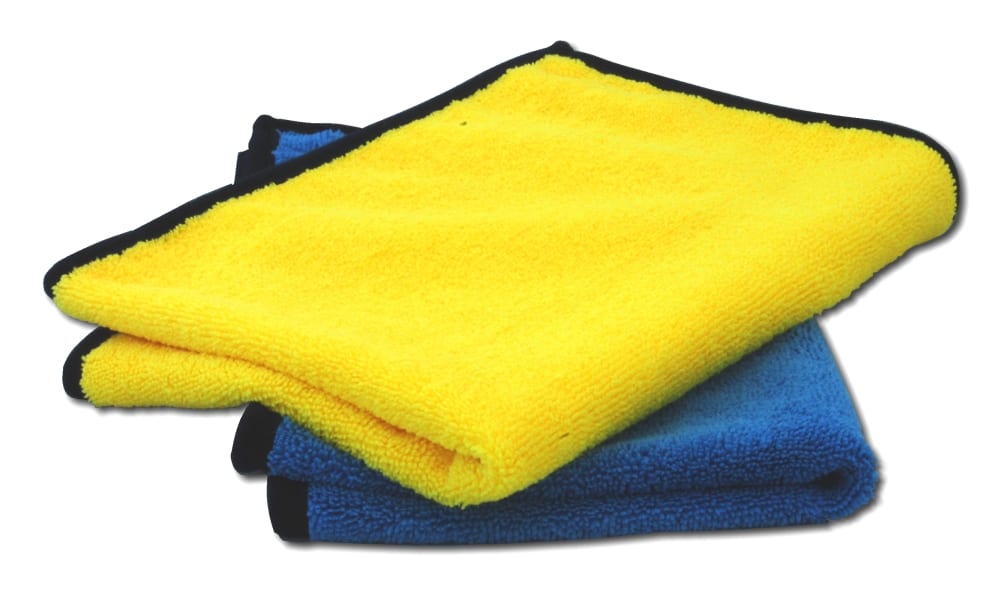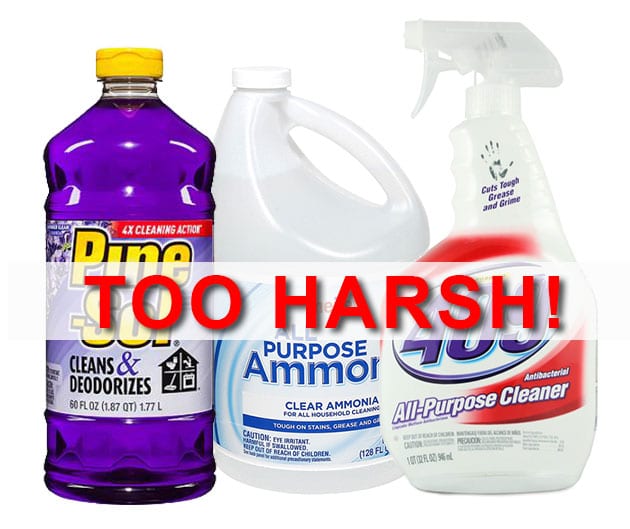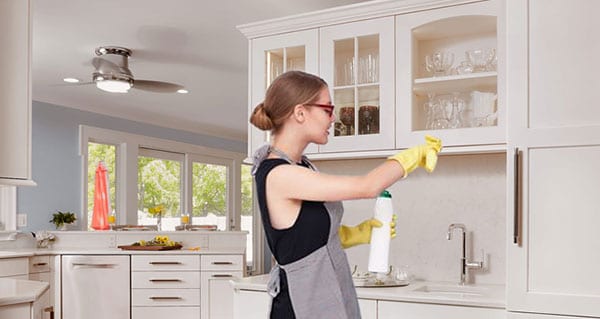Spring is a great time to give your kitchen cabinets a good cleaning. If you’re going to be inside, you might as well make productive use of the time!
Whether it’s a Mother Hubbard’s Custom kitchen or not, it’s likely that the largest investment in your kitchen is the cabinetry. Premium quality cabinetry is typically made with all wood construction. The door fronts are often solid hardwoods and the boxes made of high-quality plywood.
The MH Custom line of cabinetry features hand-wiped stains protected with a conversion varnish finish that will provide years of protection when properly cared for. So how should you protect and clean your cabinetry?
How To Clean Your Kitchen Cabinetry
First, regularly use a microfiber cloth to dust and remove surface dirt.
If any spills or splatters hit the cabinetry, we recommend a prompt cleaning with a clean, soft cotton cloth using a blotting, rather than a wiping, action. Blotting ensures that you won’t inadvertently put micro-scratches on the finish.
To clean off grease or dried food, use a soft cotton or microfiber cloth dampened with a mild dish soap solution. Don’t use a dripping wet cloth, but rather just dampened. Let the diluted soap solution do the heavy work of releasing the grease and dirt. Follow up with a dry cloth, once the dampened cloth and solution has done its work.

Cleaning Products That Should Not Be Used On Wood Cabinetry
There are some cleaning products you want to avoid when cleaning your cabinetry and hard kitchen surfaces.
First, avoid using the following: bleach, ammonia, cleaners with abrasive additives, mineral oil, citrus products, powdered cleaners, or scouring pads. Never allow the oven cleaner to come in contact with any of your finished cabinetry.
We recommend a non-silicone based polish which can be applied as needed with a soft, clean cloth. Avoid the use of products formulated with waxes, petroleum solvents and of course, silicone.

Some Cabinetry Cleaning Don’ts to Remember
- Do not use a dish cloth or sponge to clean your cabinetry. They may contain remnants of food particles, grease, or detergents.
- Excessive moisture should always be avoided when cleaning your cabinetry.
- Do not drape damp dish towels or cloths over cabinet doors or drawers.
- Avoid placing coffee makers or other appliances where steam or heat vents directly onto cabinet surfaces.
- Water is the worst enemy of your high-quality cabinets and the leading cause of damage by homeowners! Do not let water lie on top of drawer heads or doors. Use extra care when mopping around the base cabinets and finished sides to keep water from being absorbed into the cabinet..
- 2024 Kitchen & Bath Design Trend: Texture - April 9, 2024
- Why We Love Microwave Drawers for a Kitchen Remodeling Project - March 2, 2024
- Kitchen Corner Cabinet Storage Solutions - March 16, 2023

